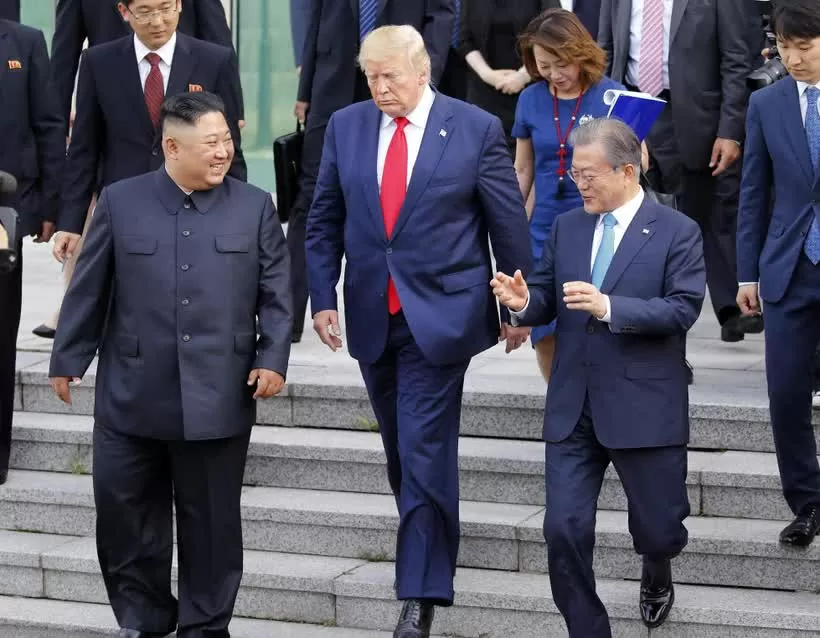 |
| North Korean leader Kim Jong Un, US President Donald Trump and South Korean President Moon Jae In at a meeting at the Demilitarized Zone (DMZ) on June 30, 2019. (Source: Yonhap) |
During Joe Biden's four-year term as President, the issue on the Korean peninsula has continued to be at a stalemate since the US-North Korea Summit in Hanoi in 2019.
A stormy year
In 2024, inter-Korean tensions continued to simmer, with the three most notable episodes being the exchange of artillery fire across the sea border between the two sides, the North’s launching of garbage balloons into South Korea, and the detonation of two land routes connecting to South Korean territory. There was little sign of compromise between the two sides. North Korea has ruled out reunification, calling South Korea its “main enemy” and viewing inter-Korean relations as those between “two hostile countries, two warring parties.” Meanwhile, the Biden administration has prioritized promoting its alliance with South Korea over resuming US-North Korea denuclearization talks.
While there has been no progress on the issues of reunification and denuclearization, the Korean Peninsula has seen unprecedented developments. The ROK and the US have strengthened their alliance to the most comprehensive and profound level ever. This has also contributed to the revival or strengthening of other broader US-led alliances to deal with North Korea, such as the US-Japan-ROK trilateral cooperation mechanism and NATO’s cooperation with four partners in the Indo- Pacific , known as IP4 (including ROK, Japan, Australia and New Zealand).
Counterbalancing these troop buildups is the resumption of Russian-North Korean military cooperation for the first time since the Cold War. The two sides are deepening cooperation with notable results such as the conclusion of the Russia-North Korea Comprehensive Strategic Partnership Treaty, with Article 4 stipulating mutual support in case of aggression by the other country, and the deployment of North Korean troops to the Kursk region to support Russian troops in the conflict in Ukraine.
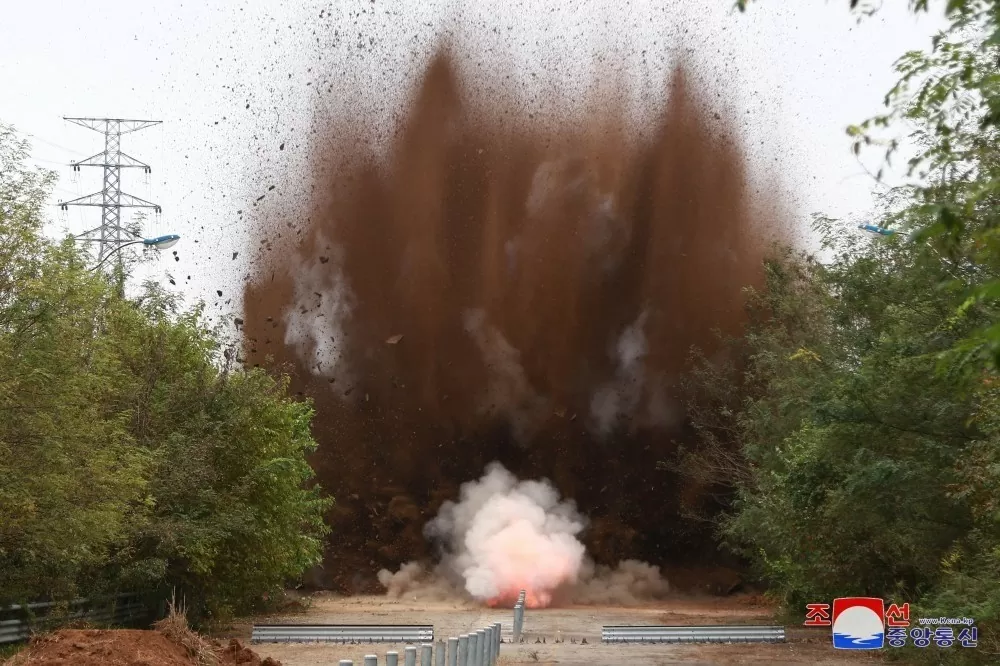 |
| North Korea confirmed on October 17, 2024 that inter-Korean roads and railways had been completely destroyed. (Source: KCNA) |
New winds
In that context, Donald Trump's second term as US President has become a promising variable that could bring solutions to help reduce tensions and confrontation on the Korean peninsula.
First, Trump’s return to the White House signals a shift in US policy toward the North Korean nuclear issue. Trump’s “America First” 2.0 approach, which requires US allies to shoulder greater costs, will weaken the US-South Korea alliance and other US-led coalitions. In addition, Trump’s current priorities are ending the conflict in Ukraine and intensifying trade competition with China. Therefore, the North Korean nuclear issue and related coalitions may be temporarily put on the back burner.
Second, Trump’s tough stance on cost-sharing will force South Korea to adjust its policy toward North Korea. Without a stable nuclear umbrella from the United States under the new White House, Seoul will have to choose between pursuing nuclear weapons on its own or promoting détente and improving relations with Pyongyang. Although South Korea’s future policy will depend on whether the ruling party is the Democratic Party or the People’s Power Party, the US stance on the US-South Korea alliance remains a key factor in South Korea’s decision-making because Seoul depends on US security protection. With the Democratic Party on the rise in South Korea, President Yoon Suk-yeol in the process of being impeached, and the possibility of South Korea being criticized by the international community if it pursues nuclear weapons, the option of reconciliation with North Korea becomes more likely.
Third, Trump’s determination to end the conflict in Ukraine could slow down Russian-North Korean military cooperation. The lack of ammunition to continue fighting is one of the key reasons Russia is tightening its cooperation with North Korea. If the leaders of the United States, Russia, and Ukraine can push for a ceasefire and a peace treaty to end the conflict in Ukraine by 2025, ideally within the first 100 days of Trump’s inauguration (as Trump’s special envoy for Ukraine and Russia has announced), the basis for strengthening Russian-North Korean cooperation will be shaken. The prospect of an end to the conflict in Ukraine would also mean the withdrawal of North Korean troops. Russian-North Korean military cooperation could then gradually decline in the long term.
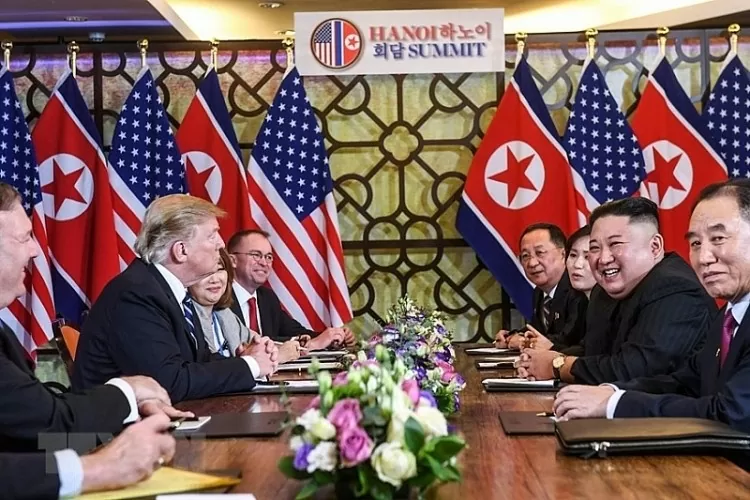 |
| US President Donald Trump and North Korean leader Kim Jong Un at an expanded meeting with officials from both countries on the second day of the second US-North Korea Summit in Hanoi, February 28, 2019. (Source: AFP) |
A chance to cool down
On that basis, it can be predicted that the situation of the recent gathering of forces on the Korean Peninsula will gradually ease during Mr. Trump's next term. In South Korea, the impeachment of President Yoon is opening up the possibility of a new administration led by a President of the opposition Democratic Party. This brings hope for the resumption of the US-North Korea denuclearization dialogue with a democratic South Korean President acting as an intermediary and mediator similar to his predecessor, Moon Jae-in.
As inter-Korean relations improve or normalize, along with the US pushing for cost-sharing with its allies, the momentum of the US-ROK alliance, US-Japan-ROK trilateral cooperation, and NATO-IP4 cooperation will be relatively difficult to maintain under Trump 2.0. Similarly, as the Ukraine conflict may end in 2025, promoting military cooperation with North Korea will no longer be urgent with Russia.
As the first year of Trump’s second term, 2025 will be a crucial transition period for the realignment of forces on the Korean Peninsula. If Trump can facilitate Russia-Ukraine talks on a peace deal within his first 100 days in office, the second half of 2025 will see a gradual decline in Russia-North Korea cooperation.
In addition, the issue of cost-sharing will become a major obstacle in the relationship between the US and its allies, including South Korea, during Trump's next term. South Korea also needs more time to stabilize its domestic political situation. Therefore, the possibility of a summit between Trump and North Korean leader Kim Jong Un with South Korea as an intermediary in 2025 is relatively low, but it cannot be ruled out in the following years of Trump's next four-year term.
Source: https://baoquocte.vn/vien-canh-ban-dao-trieu-tien-khi-ong-trump-tro-lai-300851.html


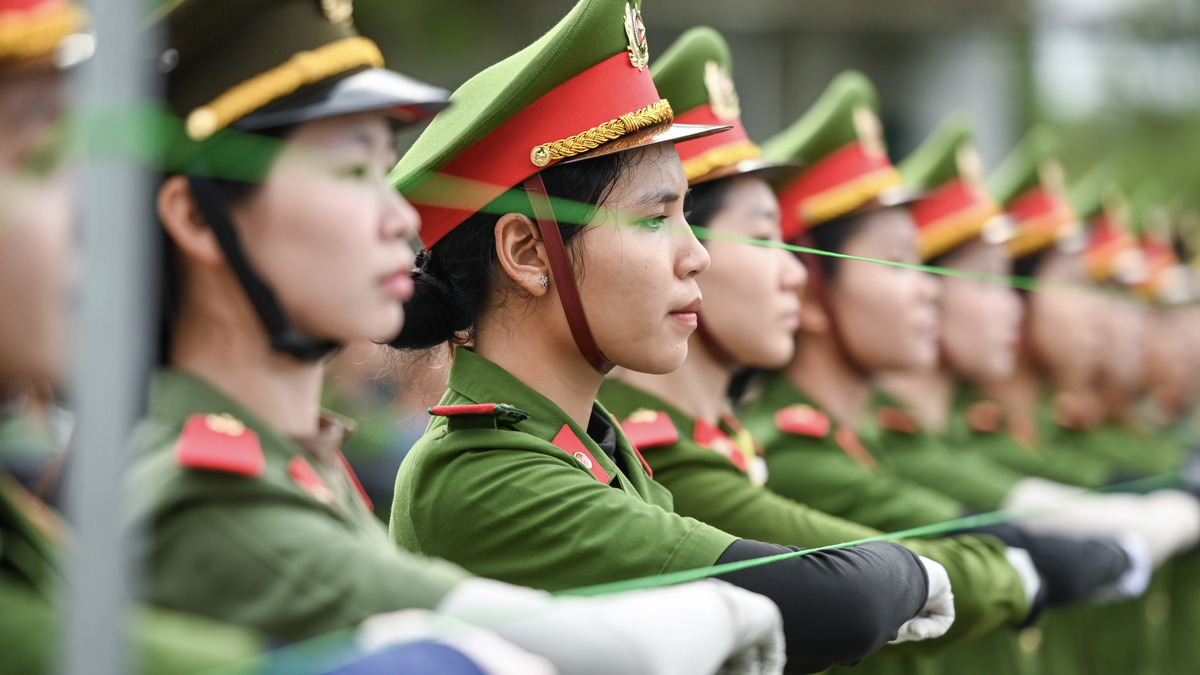








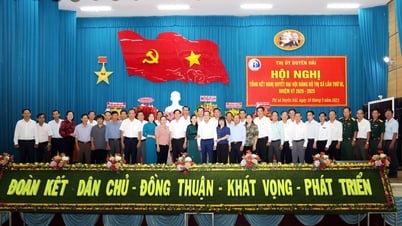










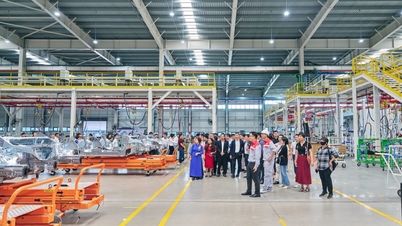







































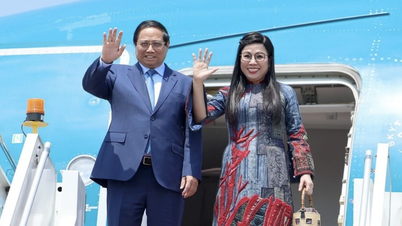
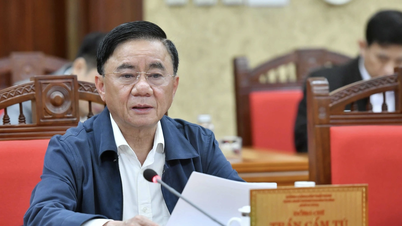



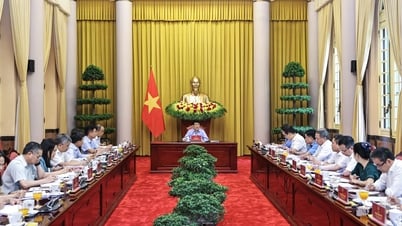











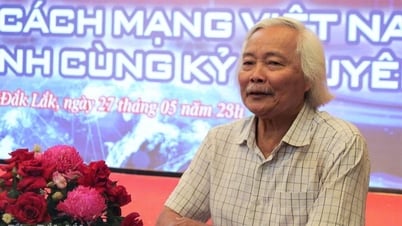













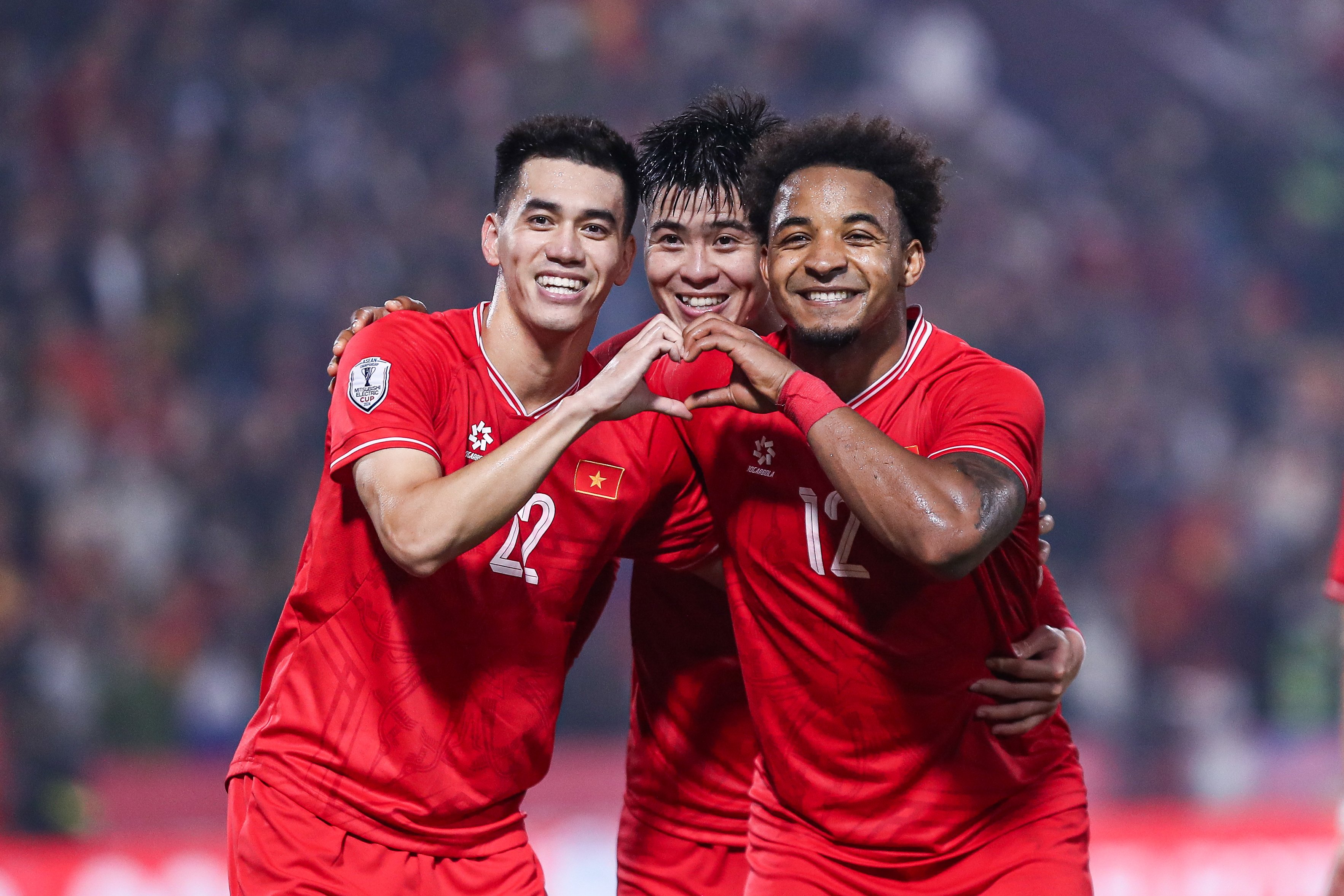

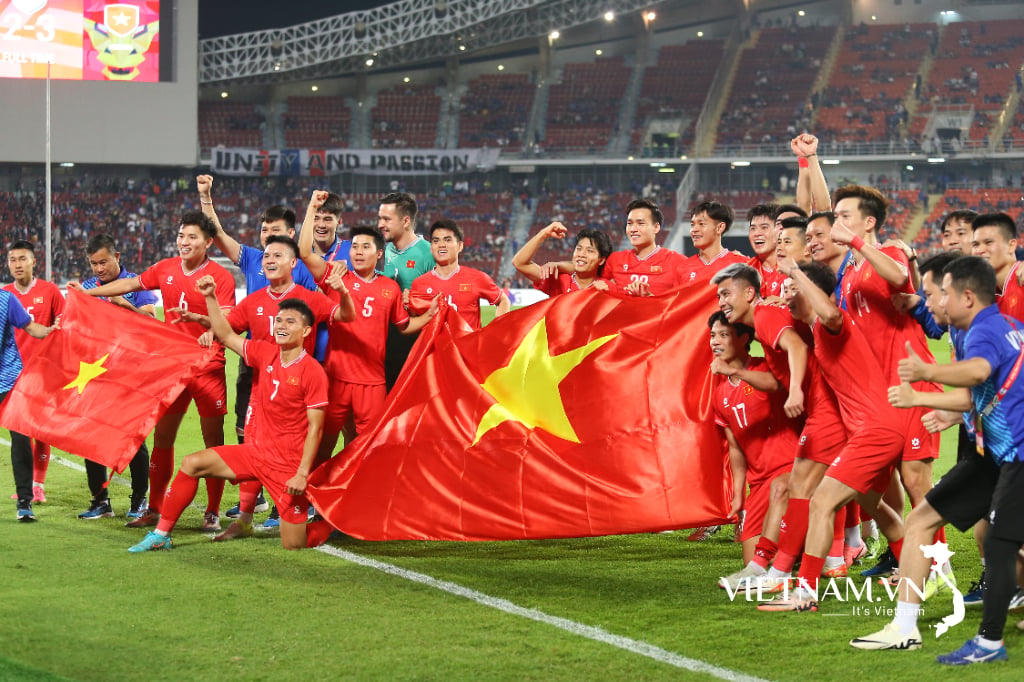

Comment (0)